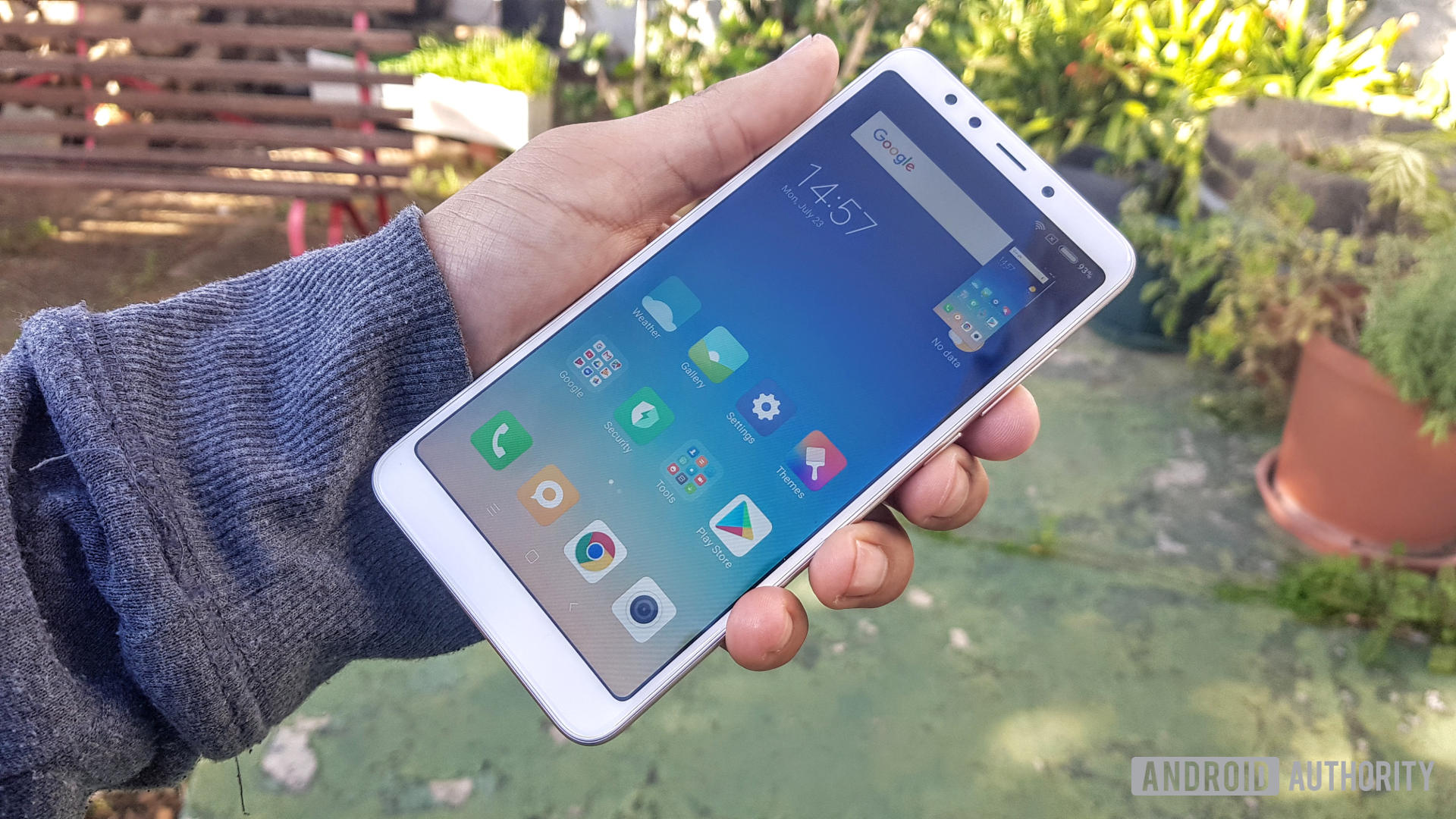Affiliate links on Android Authority may earn us a commission. Learn more.
Did you know: Xiaomi's first product wasn't a phone

Xiaomi has firmly established itself as one of the top five smartphone manufacturers in the world. The latest market share reports noting it’s actually ranked third, just behind Apple.
The Chinese manufacturer enjoys a reputation for offering phones with a ton of bang for the buck, but it also has an extremely wide ecosystem of products. From laptops and TVs to rice cookers and vacuum cleaners, the company and its many affiliated sub-brands sell almost everything. It’s even possible to buy nose hair trimmers, nail clippers, hair-dryers, and screwdrivers from the company and its partnered firms.
You’d be forgiven for thinking that Xiaomi started out by selling phones, but the truth is that its first product wasn’t a smartphone. In fact, it wasn’t even hardware-based.
Xiaomi’s first product was something still found in almost every single one of its smartphones today: MIUI.
Xiaomi launched the MIUI Android skin in August 2010. It quickly gained traction on enthusiast forums like XDA-Developers as an alternative to other custom ROMs of the time. Check out the video above for a look at MIUI’s first iteration, which was based on Android 2.2 Froyo. Talk about a blast from the past.
Early versions of MIUI were designed for devices like the Google Nexus One, Nexus S, HTCDesire, Motorola Droid/Milestone, and HTCHD2. At the time, Xiaomi didn’t have a phone of its own to showcase the software.
Some of the more prominent features delivered by MIUI in those early days included a customizable lock screen, folders, support for themes (a novel feature for its day), the ability to uninstall apps by dragging them to the top of the screen (another unique feature), and privacy measures like calling/SMS blacklists. The inspiration taken from iOS is also clear in this early take on MIUI. The persistent app dock and the lack of an app drawer are very Apple-esque.
Xiaomi’s Android skin also stood out at the time thanks to its community-focused development, allowing enthusiasts to share their ideas for what they’d like to see in new versions of MIUI. It’s an approach that we’ve seen other OEMs take since then, such as OnePlus and its Oxygen OS skin.
Xiaomi would eventually launch its first phone, the Mi 1, in China in 2011. The phone delivered a utilitarian plastic design but featured high-end specs, including a Snapdragon S3 chipset, 1GB of RAM, 4GB of expandable storage, and a 1,930mAh battery meant it delivered a similar core experience as contemporary flagships. And you could certainly argue that this approach was aped by the likes of OnePlus and others when they launched their own affordable flagships.
MIUI is still the backbone of Xiaomi phones today, with MIUI 12.5 the latest update. This version of the Android skin brings features like better permission management, clipboard protection, connectivity with PCs, and new dynamic wallpapers. MIUI has even expanded to Xiaomi’s smartwatches in China, giving a familiar look and feel to its phones.
While Xiaomi could really do with sorting out its software consistency issues, there’s no denying that MIUI remains an important part of the company’s global identity.
This is the fourteenth post in our “Did you know” series, in which we dive into the history books of Android and consumer technology to uncover important and interesting facts or events that have been forgotten over time. What do you want to see us cover next? Let us know in the comments.
- Did you know: The first smartphone to drop the headphone jack wasn’t an iPhone
- Did you know: The most popular music streaming platform isn’t Spotify
- Did you know: Roku was nearly a part of Netflix
- Did you know: Windows 10 Mobile (almost) supported Android apps
- Did you know: This 2014 Galaxy phone had 10X optical zoom
- Did you know: The first Nokia Android phone was released way back in 2014
- Did you know: This was the first water-resistant Android phone
- Did you know: The Surface Duo wasn’t Microsoft’s first dual-screen foldable
- Did you know: HTCowned Beats before Apple
- Did you know: The LG V40 opened the era of modern triple camera phones
- Did you know: Samsung once thought Android was a joke
- Did you know: Android was originally designed for digital cameras
- Did you know: The Samsung Galaxy Note was mocked and predicted to flop at launch